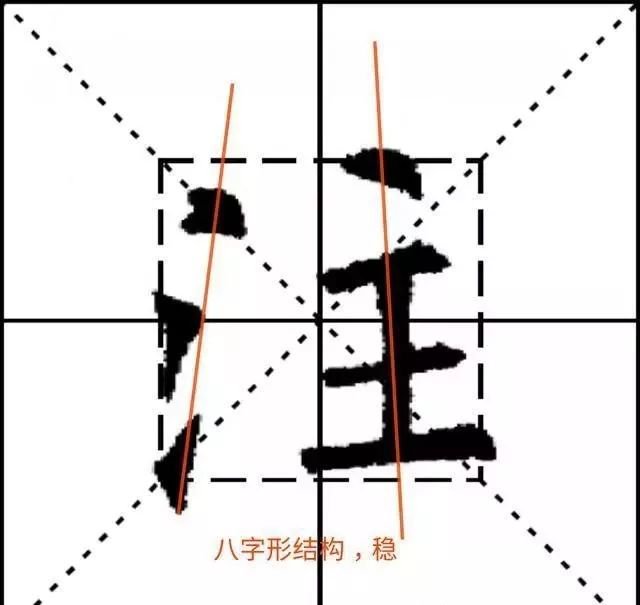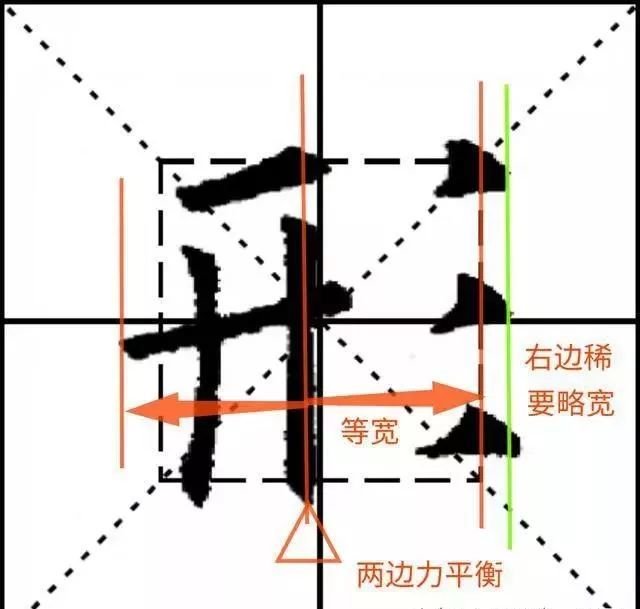(22): Chao Yi
【Original】Calligraphy
All characters that have radicals are all related to each other. There are many characters that are formed by two characters, such as "Zou", "Xie", "hoe", "chu", etc. Those that are formed by three characters, such as "Qiu", " "Ban" and the like, especially if you want to bow to each other, this is what "Eight Jue" says about greeting each other and bowing to each other.
【Original meaning】
For all characters with radicals, attention should be paid to making the left and right sides care for each other when writing. Most of them have left and right structures, such as "Zou", "Xie", "hoe" and "chu". There are also left-center-right structures, such as "Qiu" and "Ban". When writing this type of characters, special attention should be paid to the correspondence between them. This is the meaning of "welcoming each other and bowing to each other" mentioned in "Ba Jue".
【New Theory】
Chao means facing or facing; Yi refers to the bowing of hands that ancient people used when meeting each other. For words with a left and right structure, the two sides should welcome and face each other, and be closely connected. They should also avoid and respect each other to become one.
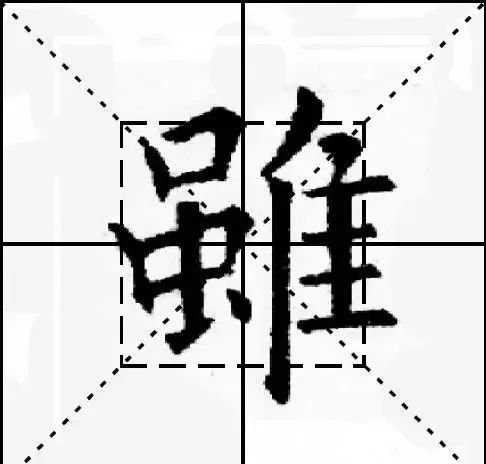
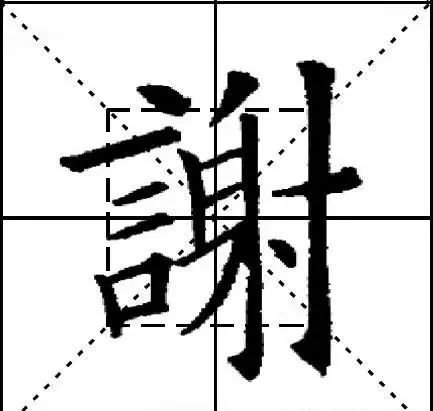
(23): Rescue
【original】
When writing a calligraphy stroke, you have to think about how to respond to the second and third strokes and how to wrap them up. It is said in "Calligraphy" that the intention comes first, and the text comes after thinking.
【New Theory】
When writing, when you write the first stroke, you should think about how to respond to and wrap up the second and third strokes. This is what Emperor Gaozong said in "Calligraphy" that "the intention comes first, the writing comes first, and the writing comes after thinking". Zhe, Yuan, Purpose, Principle
【New Theory】
"Rescue" means to accommodate and take care of others, and to gain others means to save others and yourself, otherwise it will be difficult to achieve the whole. When writing, success or failure is determined by the stroke. It not only depends on whether a single stroke is written well, but also whether the placement of subsequent strokes is taken into account when the stroke is finished. Think before you make a move. When we make an action, we must first think about the arrangement of subsequent actions. We must also consider the relationship between actions and whether they are coordinated with each other. Just like playing Go, the layout of the move is determined by considering the overall situation, rather than just looking at the part.
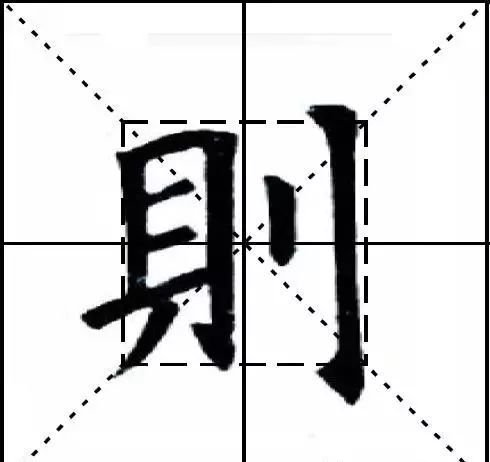
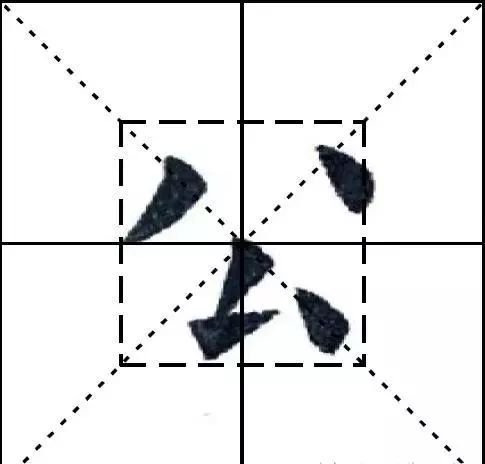
(24): Attached
【original】
The shapes of characters should be close to each other and cannot be separated from each other, such as "Xing", "Shadow", "Fei", "Qi", "Chao", "Yin", "Mian", all with "文", " Those with "owing" and "branch" are attached to small ones and big ones, and small ones are attached to large ones.
【Original meaning】
There are many characters in Chinese characters whose strokes must be close to each other and cannot be separated, otherwise they will appear chaotic, such as "shaped", "shadow", "fei", "qi", "chao", "drink", and "mian". For any characters with radicals such as "wen", "qian", and "zhi", the structure is composed of small and large, and small and large.
【New Theory】
"Fuli" also means "fuli", which means both attachment and separation. The two sides of the characters in the left and right structure should be close to each other. If they are too far apart, they will be scattered and messy. If they are too close, they will appear shrunken. All of them are out of order. Just like people need to communicate with each other, they also need to keep a distance. It is very important to have a good sense of proportion.
